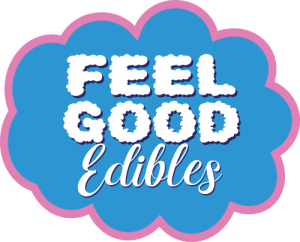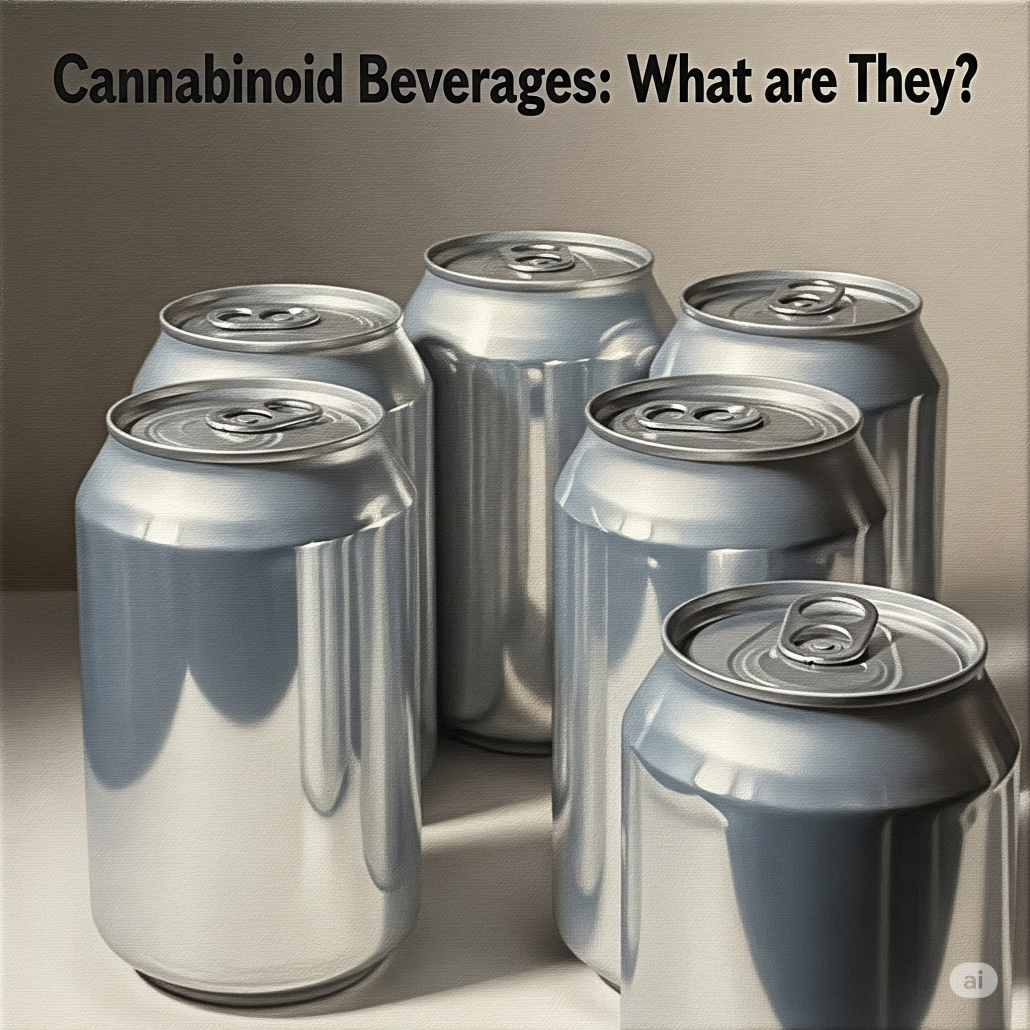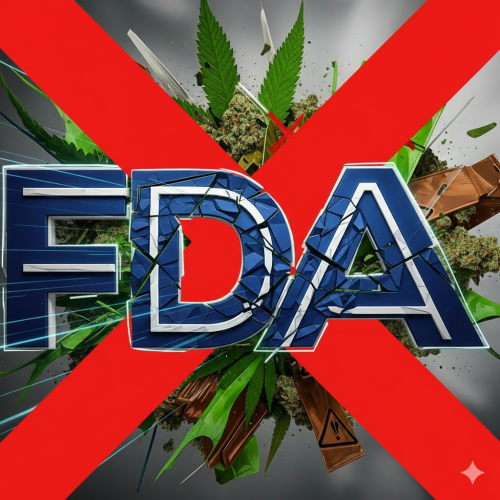Cannabis-infused beverages are rapidly gaining traction in the evolving landscape of cannabis consumption. Offering a discreet, often fast-acting, and precisely dosed alternative to traditional methods like smoking or edibles, these drinks are carving out a significant niche in the market and appealing to a diverse range of consumers.
What Are Cannabis/Cannabinoid Beverages?
At their core, cannabis or cannabinoid beverages are drinks infused with active compounds from the cannabis plant, primarily tetrahydrocannabinol (THC), the psychoactive component, and cannabidiol (CBD), a non-psychoactive cannabinoid known for its potential therapeutic benefits. These beverages come in a vast array of forms, including sparkling waters and seltzers, teas and coffees, juices and tonics, non-alcoholic beer or wine alternatives, and syrups and powdered drink mixes for DIY infusion.
How Are They Made? The Science of “Sip-ability”
The key to effective cannabis beverages lies in making cannabinoids, which are naturally fat-soluble, water-soluble for even distribution and efficient absorption in a liquid. This is typically achieved through nanoemulsification technology.
Interested in high-quality CBD edibles and merchandise? Check out the FGE shop
First, THC, CBD, or other cannabinoids are extracted from the cannabis plant, yielding a potent concentrate. This concentrate is then combined with an emulsifier and mixed into a water-based liquid. Nanoemulsification breaks down the cannabinoids into tiny, water-soluble particles. The emulsified cannabinoid mixture is then blended with the desired drink base (e.g., sparkling water, fruit juice). Before hitting the shelves, these beverages undergo rigorous testing to ensure precise potency and consistency, guaranteeing that each serving delivers the stated amount of cannabinoids.
The nanoemulsification process is crucial because it allows the cannabinoids to be absorbed more quickly through the mouth and stomach lining, bypassing much of the “first-pass metabolism” in the liver that traditional edibles go through. This leads to a faster onset of effects.
Benefits of Cannabis Beverages
Cannabis beverages offer discreet consumption as they look like regular drinks, allowing for consumption in social settings without drawing attention. Most products come with clearly labeled cannabinoid content per serving, enabling consumers to manage their intake accurately. The rapid absorption due to nanoemulsification offers a quicker onset of effects compared to traditional edibles. They provide a smoke-free alternative, eliminating the potential respiratory irritation associated with smoking or vaping, and appeal to the “sober curious” movement, offering a way to socialize and unwind without alcohol’s negative effects or hangovers. They are available in a wide range of flavors and types, catering to diverse palates, and provide hydration along with cannabinoid delivery.
Risks and Considerations
While offering numerous benefits, cannabis beverages also come with considerations. Despite faster onset, there can still be a delay in feeling the full effects. Consumers might consume multiple drinks thinking they haven’t kicked in yet, leading to overconsumption and potential discomfort (e.g., anxiety, dizziness, paranoia, rapid heart rate). The appealing packaging and resemblance to common beverages increase the risk of accidental ingestion by children or adults unaware of the cannabis content. Strict storage and labeling are crucial.
THC causes impairment in perception, reaction time, and coordination, making driving under the influence of THC beverages unsafe and illegal. As with any cannabis product, consult a healthcare provider, especially if you are on other medications, pregnant, planning to become pregnant, or breastfeeding. The legality and regulation of cannabis beverages vary significantly by state and country, leading to a fragmented market and potential inconsistencies in product standards.
The Future is Fizzing
The cannabis beverage market is experiencing exponential growth, driven by increasing legalization, evolving consumer preferences for wellness-focused and discreet consumption, and continued innovation in product formulation. As more states legalize recreational cannabis and the stigma continues to fade, these refreshing alternatives are poised to become an increasingly prominent part of the broader cannabis industry, offering a unique and versatile way to experience cannabinoids.






